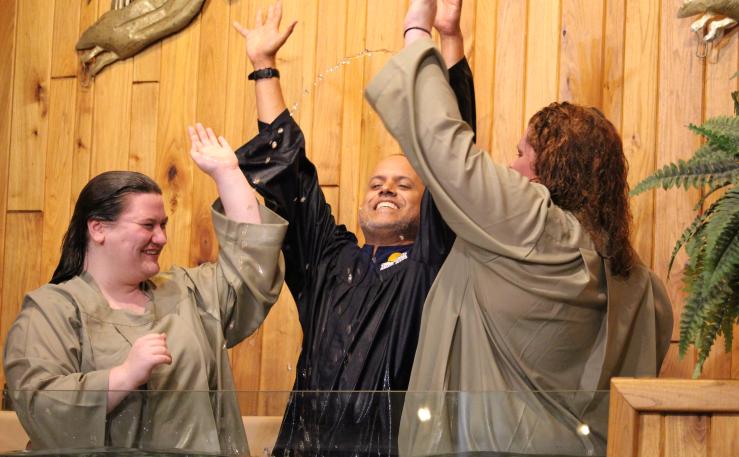Story by Hannah Luttrell and V. Michelle Bernard
Background
The Amish originated from the Anabaptists. The word “ana” is Greek for “again,” and the Anabaptists rejected the infant baptism that many of them had been subjected to, believing instead that the only valid baptism was one that was freely chosen after confessing belief in Jesus. Menno Simons was a former Catholic priest who embraced Anabaptism in the 1500s and became a prominent leader, with his followers becoming known as Mennonites rather than Anabaptists.
In 1693, there was a split after a prominent leader, Jakob Ammann, advocated greater separation from the world and stricter discipline with the shunning of disobedient members. His followers became known as the Amish. Later, schisms led to groups like the Old Order Amish and New Order Amish.










